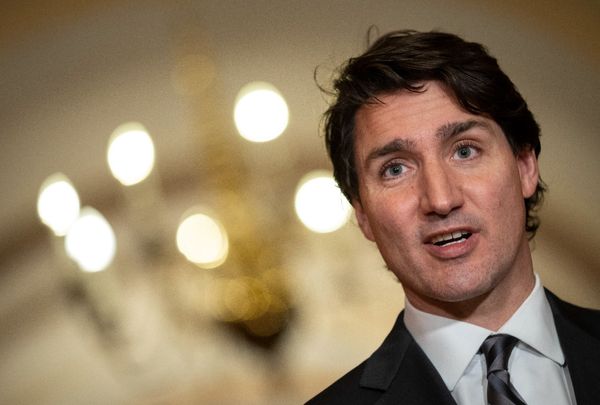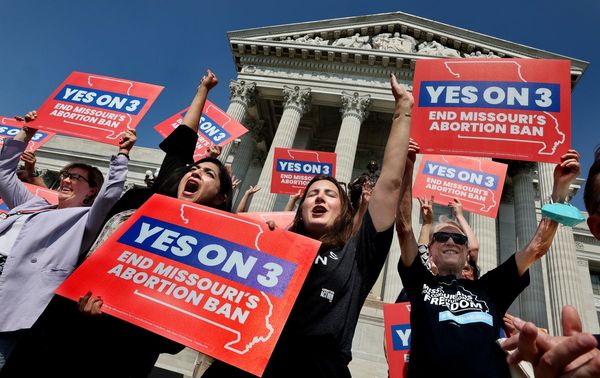
On Jan 12, the Bureau of Labour and Statistics announced that U.S. Inflation has fallen to its lowest level in more than a year, another sign that price pressures are diminishing amid the Federal Reserve’s campaign to tighten monetary policy.
Inflation in the world’s largest economy is now at the lowest it has been since October 2021, with prices marginally dropping from last month by 0.1%. Inflation is clearly moving in the right direction–something consumers who saw their budgets stretched to breaking point in recent months will likely be relieved to hear.
However, even though the annual increase in prices has slowed to 6.5% (down from 7.1% in the previous month) it is still near a multi-decade high–and pressure on the U.S. economy remains strong. The rate of growth in wage increases was 6.2% in November (0.5% lower than in October). On a net-net basis, we are still seeing a continued loss in purchasing power, and this is a cause for concern.
Additionally, price reductions are not spreading from gasoline to all other items. For example, the cost of clothing increased by 0.5% from November to December and 2.9% from the previous year. With prices not coming down as fast as many analysts (including this one) would expect, this suggests we are still seeing some supply-driven (rather than consumer-driven) pressure on prices.
How much more does the Fed need to tighten the U.S. economy?
The last increase to the Federal Funds rate was 50 basis points (bps), 0.25% less than the four hikes before it, all of which have been 75 basis point increases. As such, the Fed has already started to gently pump the brakes, recognizing as it does the need to keep the U.S. out of a recession that could turn ugly very quickly.
Nonetheless, there is still a need to stabilize prices–especially given the tight labor market in the U.S. right now. According to the latest figures, unemployment has fallen to 3.5%, the lowest it has been since late 2020–and well below the 30-year average. This, coupled with wage increases at 6.2% suggests inflation could be shifting from being driven by supply to being driven by demand.
However, demand is not really easing on a consistent basis for the essential goods being purchased. Additionally, the supply-side pressure we are still seeing in categories such as clothing means the Fed has to tread very carefully as it walks a fraying tightrope while juggling inflation, recession, and uncompetitive dollar strength in its ongoing interest rate campaign.
Loosening the screws
While we wouldn’t be surprised to see the Fed continue to take a less aggressive stance in its effort to return inflation to 2%, it does need to continue to dampen demand. This is especially the case for expensive items like homes and cars, which will help to slow the economy and ease the pressure on rising prices overall.
Of course, one way to achieve this is to increase borrowing costs–and this will mean more interest rate hikes regardless of declining topline inflation. However, the U.S. economy stands at a pivotal moment. With no one yet sure if it will be able to avoid a major recession, the Fed is going to have to be lightning fast on the trigger to start holding and maybe even cutting rates this year.
While it is clear that inflation is cooling and will continue to do so over the coming months, another rate hike of at least 50 bps is likely at the Federal Open Market Committee’s next policy meeting from Jan. 31 to February 1st. This will bring the federal funds rate to 4.75%-5%–a crucial moment that historically has tended to mark the turning of the tide for inflation.
Sooner, rather than later
The end of the first quarter of 2023 will be a make-or-break moment for the U.S. economy. Policymakers, investors, and consumers will be holding their breath to see how the Fed’s game of brinkmanship has played out. If all goes to plan, we will see inflation start to hover around 4.5%-5% come Q2–and this means the Fed could start to unwind and even cut rates this year.
Spotting the fine point at which to start this process will be the greatest challenge–and February would be a good time to start. The Fed should consider cutting rates sooner rather than later if it is to succeed in pulling the U.S. back from the precipice of a recession no one has an appetite for.
Oliver Rust is the head of product at independent data aggregator Truflation.
The opinions expressed in Fortune.com commentary pieces are solely the views of their authors and do not necessarily reflect the opinions and beliefs of Fortune.
More must-read commentary published by Fortune:
- Will the U.S. and Europe slide into recession in 2023? Here’s how to look out when economic outlooks don’t
- Biggest CEO successes and setbacks: 2022’s triumphs and 2023’s challenges
- I have 10 minutes to clean a plane before passengers board. Here’s why the holidays’ air travel chaos was entirely avoidable
- The next era of work will be about skills–not pedigree. Here’s how employers are changing the way they judge potential, according to LinkedIn and Jobs for the Future







